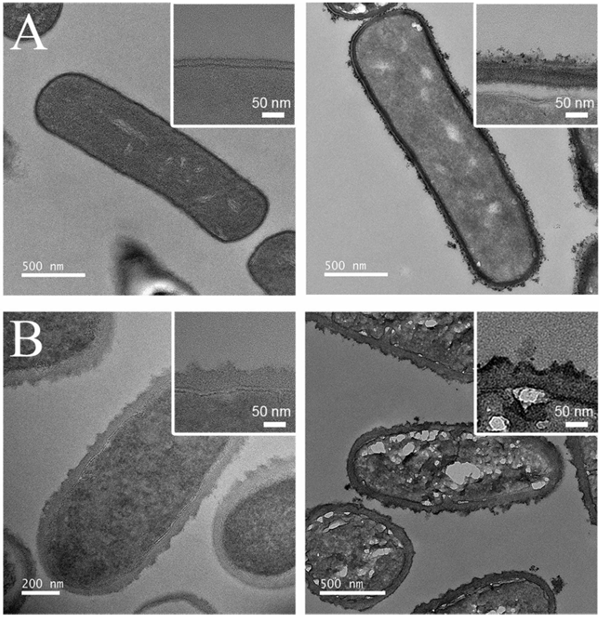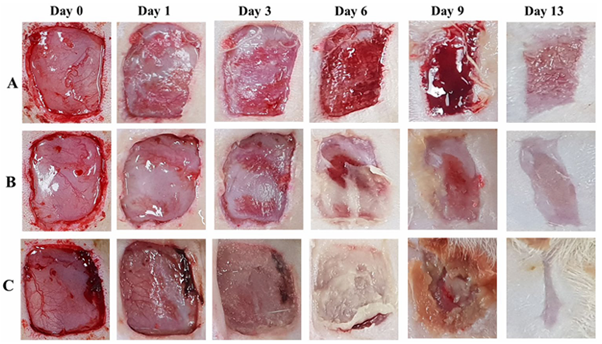Single-cell nanoencapsulation enables fabrication of probiotics-loaded hydrogel dressing with improved wound healing efficacy in vivo
Dongho Lee1, Ga-Young Sim1, Chul hyun Park1, Minseok Kang1, Nahyun Kim1, Youn seop Kim1, Kyungho Baek Ph.D1,2, Han-Gon Choil Ph.D2, Sung Giu Jin Ph.D1.
1Department of Pharmaceutical Engineering, Dankook University, Cheonan-si, Korea; 2Pharmacy & Institute of Pharmaceutical Science and Technology, Hanyang University, Ansan-si, Korea
Introduction: This study aimed to enhance wound healing efficacy using hydrogel dressings incorporating probiotics protected by single-cell nanoencapsulation (SCNE). Lactobacillus brevis and Lactobacillus plantarum, two probiotic strains known to promote epithelial regeneration and reduce apoptosis, have demonstrated beneficial effects on skin health. However, despite their therapeutic potential, these probiotics are highly vulnerable to external environmental stress. To address this limitation, we protected probiotics with SCNE technology during hydrogel fabrication and adopted a transdermal delivery approach to overcome the drawbacks of oral administration, ultimately enhancing therapeutic outcomes in wound healing.
Method: Hydrogel dressings were prepared by dispersing two skin-beneficial probiotics in 490 µL deionized water, then adding 5 µL tannic acid (40 mg/mL) and 5 µL Fe(III) (10 mg/mL) for nano-coating to protect viability during freeze-thaw processing. The hydrogel matrix was made by dissolving 10 g PVA in 80 mL 0.1X PBS with varying mannitol amounts. The optimal mannitol/PVA ratio was selected based on swelling and mechanical properties. Mannitol also enhanced probiotic growth and activity, improving therapeutic efficacy in the hydrogel.
Results: Based on the evaluation of swelling capacity and mechanical properties, the hydrogel dressing with a 2:10 mannitol/PVA ratio (w/w) was ultimately selected. During the hydrogel fabrication process, nano-coated probiotics exhibited significantly higher viability compared to the non-coated control group. In vivo transdermal wound healing experiments demonstrated that hydrogel dressings containing nano-coated probiotics significantly enhanced wound healing compared to those containing uncoated probiotics. The nano-coated group showed superior results in all healing parameters, including accelerated wound area reduction, enhanced re-epithelialization, and increased collagen deposition. Histological analysis further confirmed the therapeutic efficacy, and the assessment of inflammatory markers indicated a well-regulated immune response that supported effective tissue regeneration without excessive inflammation.
Conclusion: In this study, SCNE-encapsulated probiotics were successfully incorporated into a mannitol/PVA hydrogel dressing, maintaining high viability even after freeze–thaw cycles and significantly improving wound healing. SCNE provides a simple way to preserve living cells during transdermal delivery and enables cell-embedded composite structures. The nano-coating also allows integration of bioactive agents like miRNA, siRNA, exosomes, and growth factors, broadening the potential applications of this technology.


This work was supported by a National Research Foundation of Korea (NRF) grant under the Korean government (MEST) (No. RS-2023-00208448). .
[1] Probiotics
[2] Single-cell nano encapsulation
[3] Hydrogel
[4] Wound healing